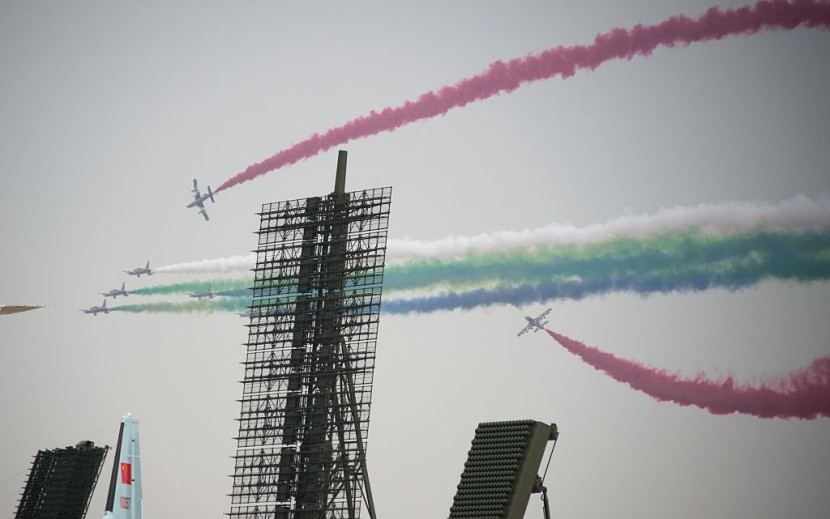
Devising a portable anti- stealth radar that can be a game changer for China if such as system can be deployed on rooftops. Stealth detecting radar is usually a big array that makes it not mobile and very vulnerable to attack from US F-35s and F-22s.
Big Arrays Lack Mobility
Professor Yang Minglei of Xidian University's national laboratory of radar signal processing shared his thoughts on the subject. He said that raising the antenna aperture improves radar detection accuracy and diminishes the radar platform's portability and survival, reported The EurAsian Times.
SCMP said that he and other scientists created a metric wave radar similar in size and appearance to a clothes-drying rack. They claim the device is portable and exhibited improved detection accuracy throughout many tests performed on the roof of a university campus building.
China became interested in anti-stealth radar systems after an American B2 stealth bomber accidentally hit the Chinese embassy in Belgrade during NATO's air war over Yugoslavia in 1999, noted 19FortyFive.
Portable anti- stealth radar possesses a multi-layered air defense system, including anti-stealth radar sites, particularly along the coasts of the eastern Pacific Ocean and the South China Sea. Add portable anti-stealth radar as another mobile system for the PLA.
On the Subi Reef, these installations are a very high frequency (VHF) radar array known as counter-stealth radar. It is a reef in the disputed Spratly Islands, which Vietnam and Taiwan both claim.
In 2020, the outpost had a VHF radar array known as a synthetic impulse and aperture radar (SIAR) on the south end.
It has a frequency band of 30-300 megahertz and is made up of three overlapping circles of antenna elements.
According to Chinese experts, SIAR and the antenna configuration allow the radar to overcome most of the constraints associated with VHF-band radar and operate as an actual four-dimensional radar.
It gains the ability to detect the range, azimuth, elevation, and velocity of airborne objects, possibly including stealth aircraft. Because of its capacity to overcome ground interference, it improves the identification of low-flying targets.
Other Radar Installations
A High Frequency (HF) radar is also located on Cuarteron Reef, which is part of the disputed Spratly Islands held by China but claimed by the Philippines, Vietnam, and Taiwan.
The HF Radar on the reef comprises 20-meter poles that can purportedly detect objects up to 3,000 kilometers away, including stealth aircraft.
Although HF radar can monitor stealth planes, it lacks the accuracy required to deliver a missile toward the target. With resolution cells that are many miles apart, this type of radar can only signal other sensors to search the skies or guide fighters towards a broadly defined search region.
Professor Yang Minglei and his team's most recent anti-stealth radar is a metric wave radar. These radars are often massive, with even portable versions standing tens of meters tall when deployed, requiring the use of large trucks and taking a long time to set up.
Portable anti-stealth radar is advantageous because it can be mounted even on a roof, with more than one which could cover installations to detect the F-35 and F-22 if they are nearby.
Related Article: Russian Army Successfully Tests 2S25 Amphibious Tank Destroyer Equipped with Deadly 125-mm Armor Buster Gun
© 2025 HNGN, All rights reserved. Do not reproduce without permission.








